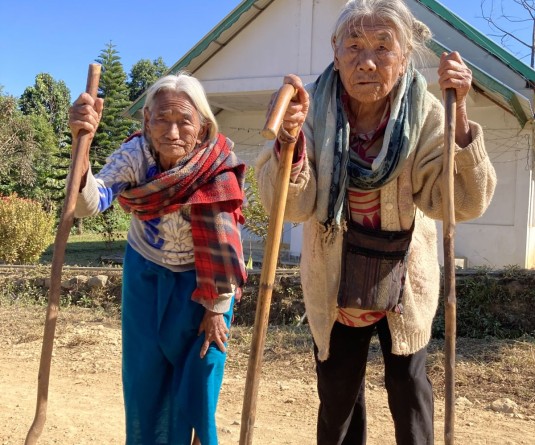
Maize is called ‘queen of cereal’ as it is grown throughout the year due to its photo thermo-insensitive character and highest genetic yield potential among the cereals. In India, maize is cultivated throughout the year in most of states of the country for various purposes including grain, feed, fodder, green cobs, sweet corn, baby corn, pop corn and industrial products. Maize area, production and productivity in India have shown a steady upward trend in recent years. There are three distinct seasons for the cultivation of maize in India: Kharif , Rabi and Spring. Maize is predominately a Kharif season crop but in past few years Rabi maize has gained a significant place in total maize production in India. Given below are the factors that contribute for high yield in rabi maize.
Better water management: The crop during Rabi season does not suffer from waterlogging since there is absence of erratic rainfall, therefore there is a reduction in damage from pre-flowering stalk rots. As there is lack of leaching of fertilizers, their utilization is optimum which leads to high yield. The significant advantage is the feasibility of executing various field operations at the most preferred time. The Rabi crop does not suffer from cloudy sky which is a usual occurrence during Kharif season.
Mild and favourable temperature: Maize plants in Rabi season tend to be more efficient in view of lower photo respiration losses due to lower night temperatures as well as larger leaf surface for effective photosynthetic activities. The other advantage in Rabi season is availability of 7-9 or more hours of sunshine against 3-5 hours in Kharif crop season due to cloudiness. Moreover, the longer growing duration of the crop helps further raise in yield levels.
Better response to macronutrients: In view of more favourable growing conditions, response to application of nitrogen and other nutrients is better in Rabi than Kharif season. The losses during Rabi can be checked effectively through appropriate soil and water management practices. With better response from every unit of fertilizers, which is the major component of cultivation cost, it is possible to reduce the production cost during this season.
Less incidence of diseases and insect-pests: Due to low temperature and humidity in Rabi season, level of infection or infestation by various diseases and insect pests is quite low, resulting in higher yields.
Better plant stand: Because of better soil and water management and less damage from diseases and pest, establishment of desired plant population density can be assured in Rabi season.
Better weed management: In Kharif, weeds pose a major problem, particularly in years when continuous rain occurs, which fail to provide adequate opportunity for manual weeding. In Rabi season, due to effective water management and low temperature, weeds can be controlled effectively. This indirectly helps in improving the fertilizer- use efficiency.
Article contributed by Dr Bendangla Imsong, ACTO (Plant Breeding); Dr Moanaro, Prog Asst (Entomology); and Dr Ebibeni Ngullie, SS & Head i/c; KVK Dimapur, ICAR, Nagaland Centre.




